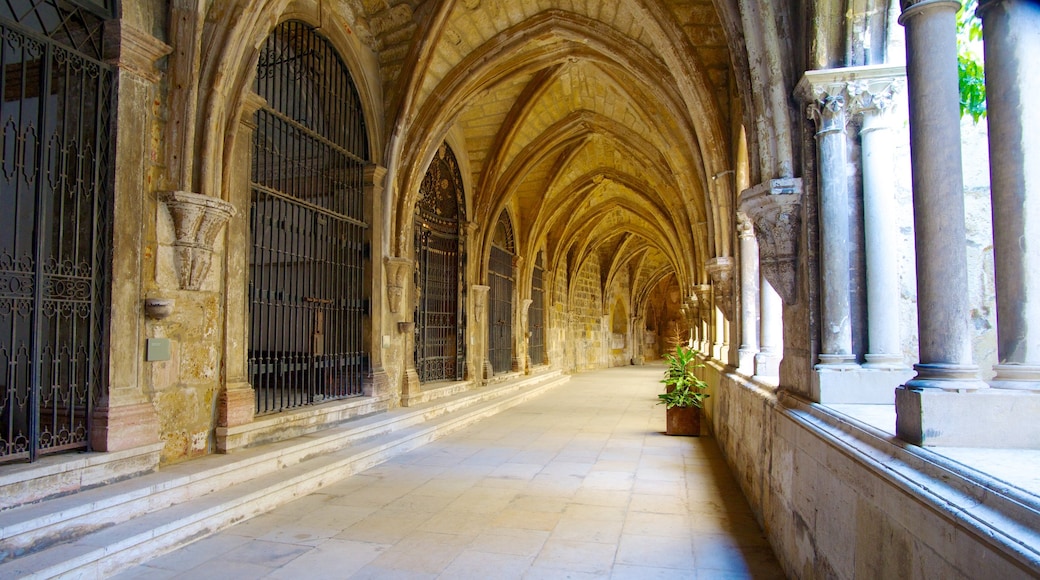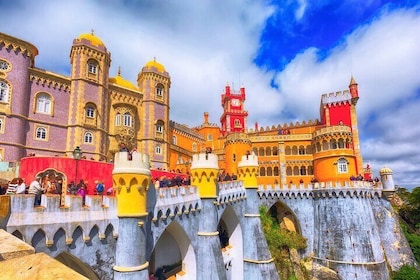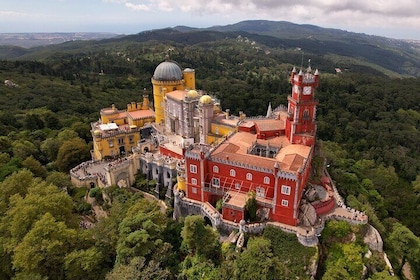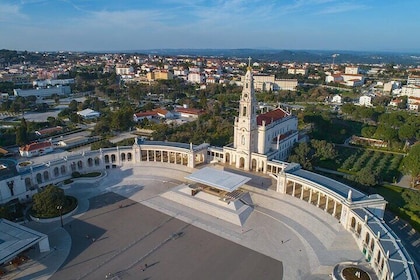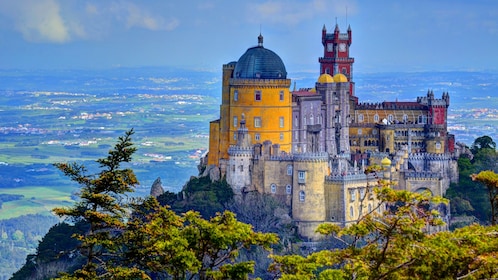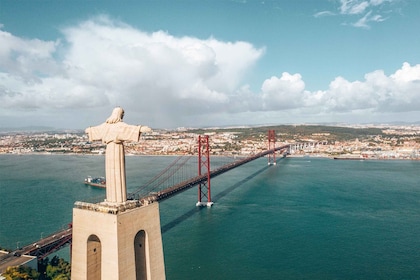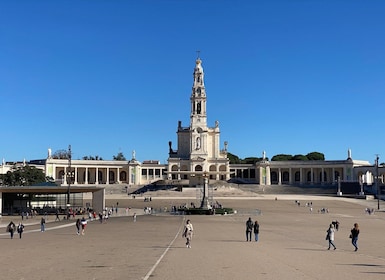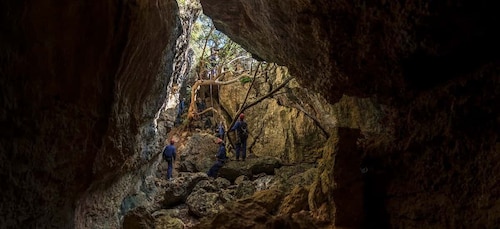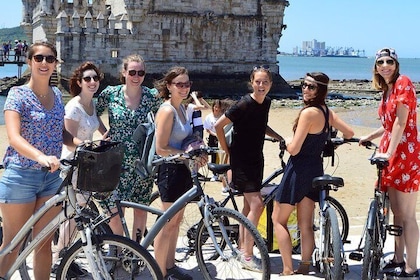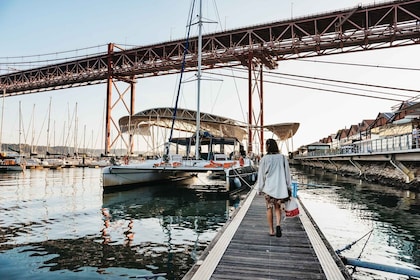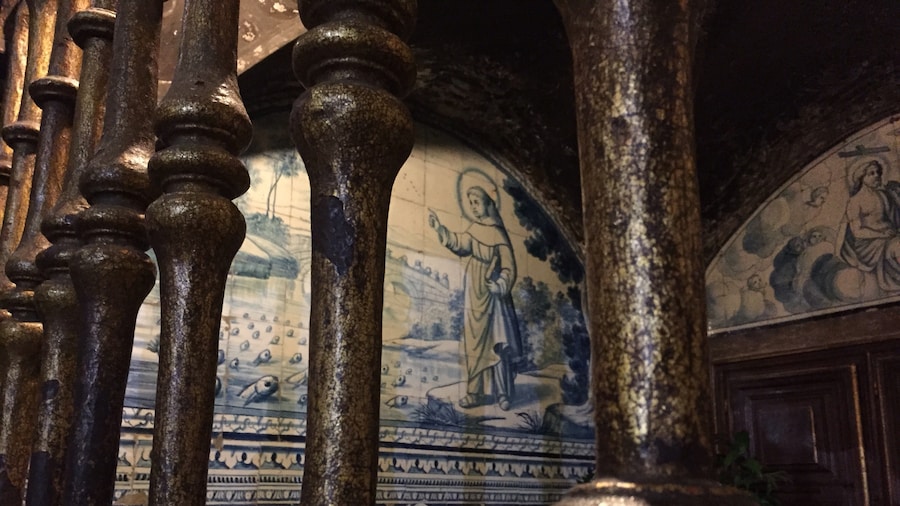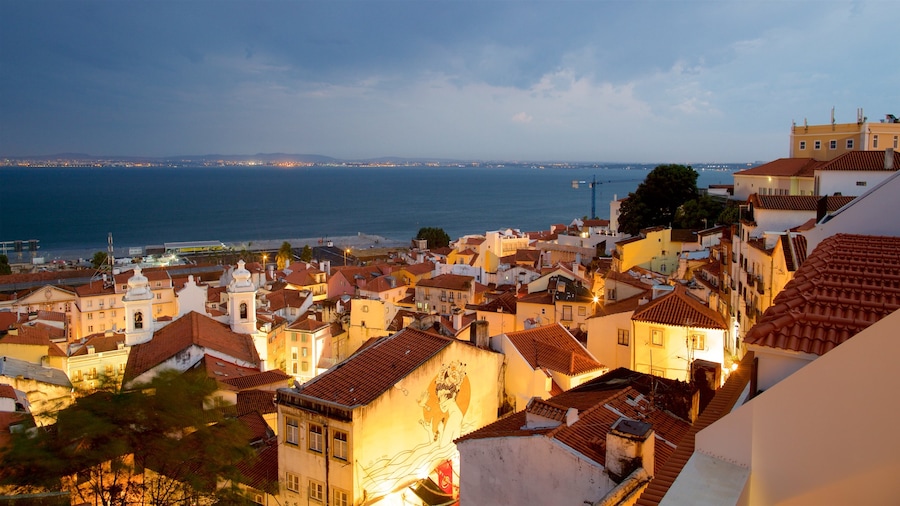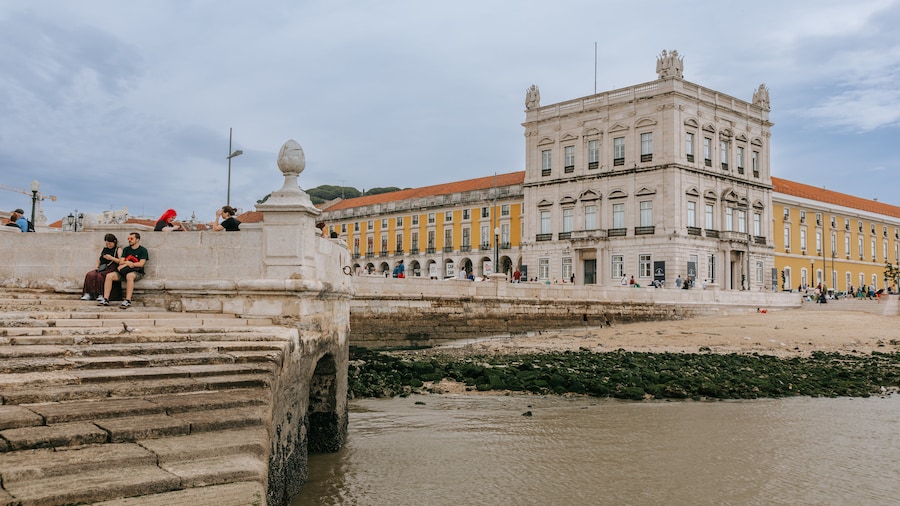This medieval cathedral is the oldest church in the city and combines a wide range of architectural styles, including gothic, Roman and neoclassical.
The Lisbon Cathedral (the Santa Maria Maior de Lisboa) is a must-see for lovers of architecture. It is the oldest religious structure in Lisbon and has been modified several times, so it reflects many different architectural styles.
Wander through the cathedral to see evidence of design from the Romanesque, gothic and baroque periods. The first king of Portugal, Afonso Henriques, commissioned this church on the site of a former mosque. Since then, it has served as a Roman Catholic Church and the seat of the diocese of Lisbon.
One of the cathedral’s most impressive elements is the fortress-like façade that was built in the 12th century. The façade provided a menacing appearance so that the cathedral could be used to protect guards during a siege.
Wander around to the west-facing façade, which still has a number of eye-catching original details. Note the Romanesque motifs at the top of the portal’s sculptured columns.
Walk inside to view the dramatic gothic vault. Look for the baroque-style sacristy that was erected in the 17th century. Walk up to the neoclassical main chapel where King Afonso’s tomb is preserved. You can also see the font where Saint Anthony of Padua was said to have been baptized in 1195 A.D.
King Dinis of Portugal commissioned the construction of a gothic-style cloister on the east side of the cathedral at the end of the 13th century. It was substantially damaged in an earthquake but the remains are still visible today.
The Lisbon Cathedral is located in the Alfama district. Arrive by tram or on foot from other attractions in the historic centre. There’s a small fee to see the cloister and sacristy.
The cathedral is open Monday through Friday. Visit in the mornings to avoid the crowds. It is a particularly beautiful time to visit when the morning light streams through the windows.



